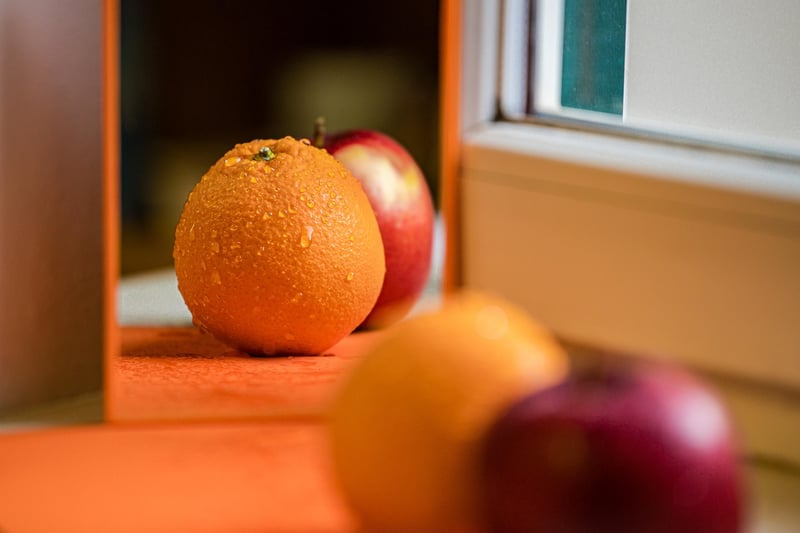Seasonal Calendar
Essential Urban Gardening Tools and Seasonal Calendar
Introduction
Urban gardening is a fantastic way to bring greenery into your city space, whether it's a balcony, rooftop, or a small backyard. To make the most out of your urban garden, having the right tools and knowing the ideal planting times can significantly impact your success. Below, we'll explore essential gardening tools for urban spaces and provide a seasonal calendar to guide you through the year.
Essential Gardening Tools
- Container Gardening Kit: A must-have for urban gardeners, this kit includes various-sized containers, potting soil, and essential tools for planting in small spaces.
- Pruning Shears: To keep your plants healthy and thriving, invest in a good pair of pruning shears for trimming and shaping.
- Hand Trowel and Fork: Perfect for planting, weeding, and aerating the soil in tight spaces.
- Watering Can or Hose: Essential for keeping your plants hydrated, choose a watering can or a hose suitable for your garden size.
- Gardening Gloves: Protect your hands while gardening with a comfortable pair of gloves that offer good grip and flexibility.
- Soil Moisture Meter: Ensure your plants are getting the right amount of water by using a soil moisture meter to monitor moisture levels.
- Plant Markers: Keep track of your plant varieties by using plant markers to label each container.
Seasonal Calendar for Urban Gardeners
Planning your gardening activities according to the seasons can help optimize plant growth and yield. Here's a seasonal calendar to guide you through the year:
Spring (March - May)
- Prepare soil and containers for planting.
- Sow cool-season crops like lettuce, spinach, and radishes.
- Transplant seedlings of warm-season crops like tomatoes and peppers.
Summer (June - August)
- Water plants regularly, especially during hot periods.
- Harvest summer crops like cucumbers, zucchinis, and beans.
- Plant heat-tolerant herbs like basil and oregano.
Fall (September - November)
- Sow cool-season crops for fall and winter harvest.
- Clean up summer crops that have finished producing.
- Protect plants from early frosts with row covers or cold frames.
Winter (December - February)
- Plan next year's garden layout and crop rotation.
- Start seeds indoors for early spring planting.
- Prune fruit trees and bushes while they are dormant.
Conclusion
By equipping yourself with the right tools and following a seasonal gardening calendar, you can create a thriving urban garden all year round. Remember to adapt the calendar to your specific climate and microclimate for the best results. Happy gardening!


